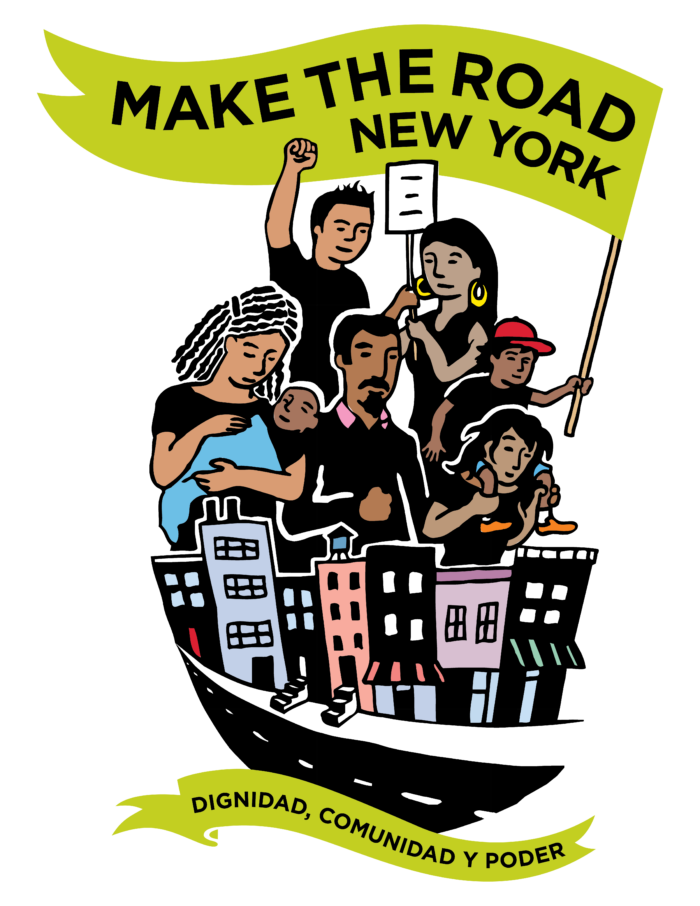PRONOUNS:
WE ALL HAVE ONE OR MORE GENDER IDENTITY (IES)
What are pronouns?
Personal pronouns are words used to refer to one or more people. All of us, not only those who identify as transgender, gender non-conforming, non-binary, gender fluid, etc.; regardless of our gender, use pronouns. It is important to acknowledge this because it holds us accountable for being part of the fight for gender equity justice.
Some of the most common pronouns are:
- Her (ella) for people on the female spectrum (trans, cis, gender fluid, etc.);
- Him (él) for people on the male spectrum (trans, cis, gender fluid, etc.);
- Them (elle/ellxs/elli/le or other variances) for people who identify as gender fluid, gender expansive or explore the gender spectrum differently every day.
It is important to consider that…
- Gender identity can change every day. For example, I might identify myself on the male spectrum today using pronouns like “Him (él)” but would perhaps identify more fluidly using the pronoun “Them (ellxs)” tomorrow.
Using different pronouns is valid and must be affirmed by everyone - One can have more than one or two pronouns
- There are people whose pronoun is their name
- Pronouns are not preferred; they are the pronouns we use regardless of our presentation and / or gender expression. We cannot assume people’s gender just by reading their name, listening to their voice, seeing what type of clothing they wear, how they express or physically present themselves, etc. It is important to normalize the question “what is your pronoun?” whenever we interact with someone new and to introduce ourselves with our name and chosen pronoun. Language and grammar, just as gender, are also fluid; It is part of evolution and growth to add new terminology to dictionaries to create visibility and also to appropriate and change the language that has been imposed on us since we were young (whether English, Spanish or another colonial language).
For us at Make the Road New York, to include our pronouns in email, directory lists, website, business cards and different spaces, is our way of creating cultural change and practicing gender equity, not just as a struggle for external social justice but also a structural change within our workspace.
| Time to think and reflect on…
If these are some of the phrases that come to your mind, then it is time to spend a few minutes exploring and reflecting on what this new experience means to you:
Take a few minutes and ask yourself: What is the origin of these phrases? What can I do to use these pronouns and learn more? What information should I have in order to understand and manage this area better? What have I learned during my upbringing that I should unlearn? |
